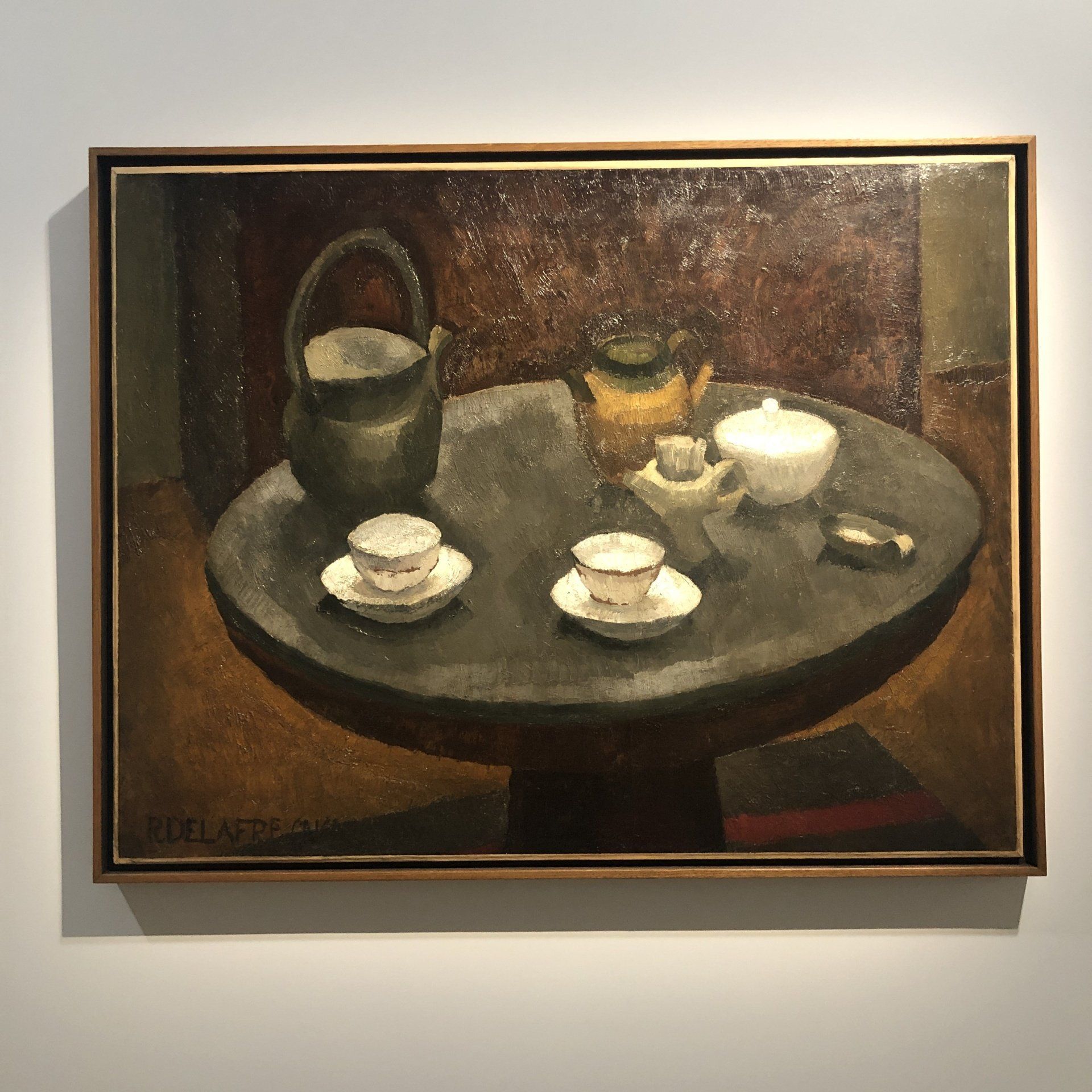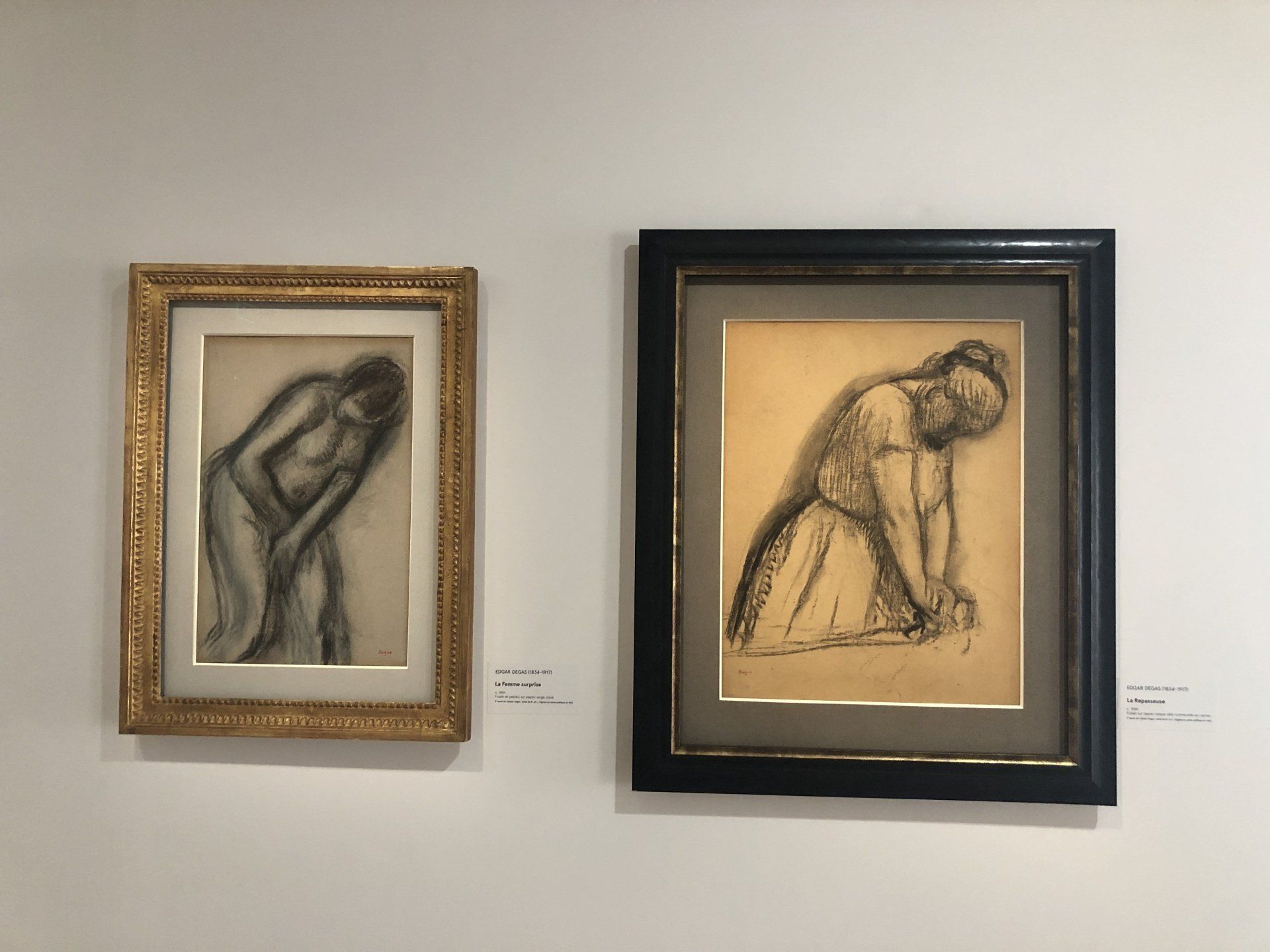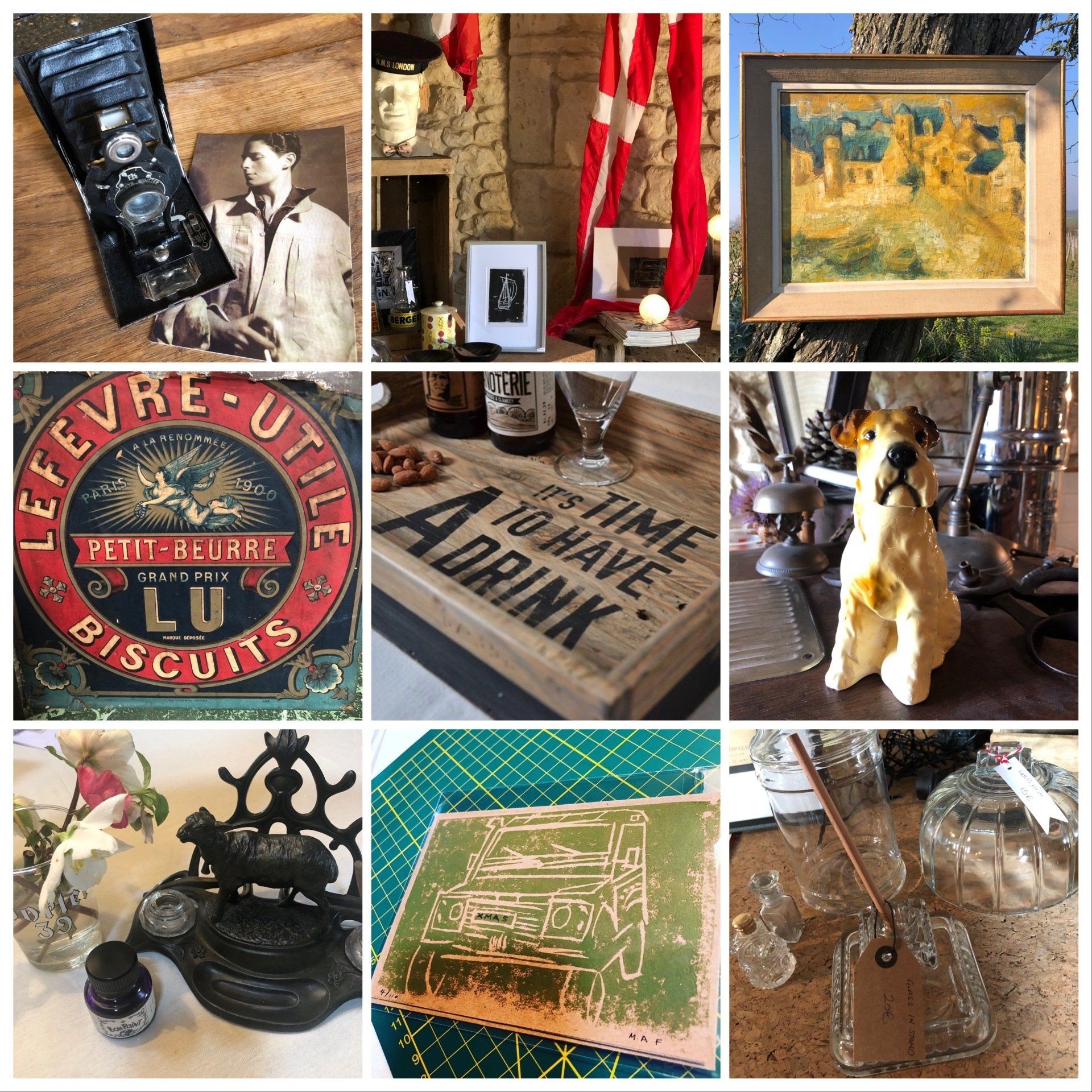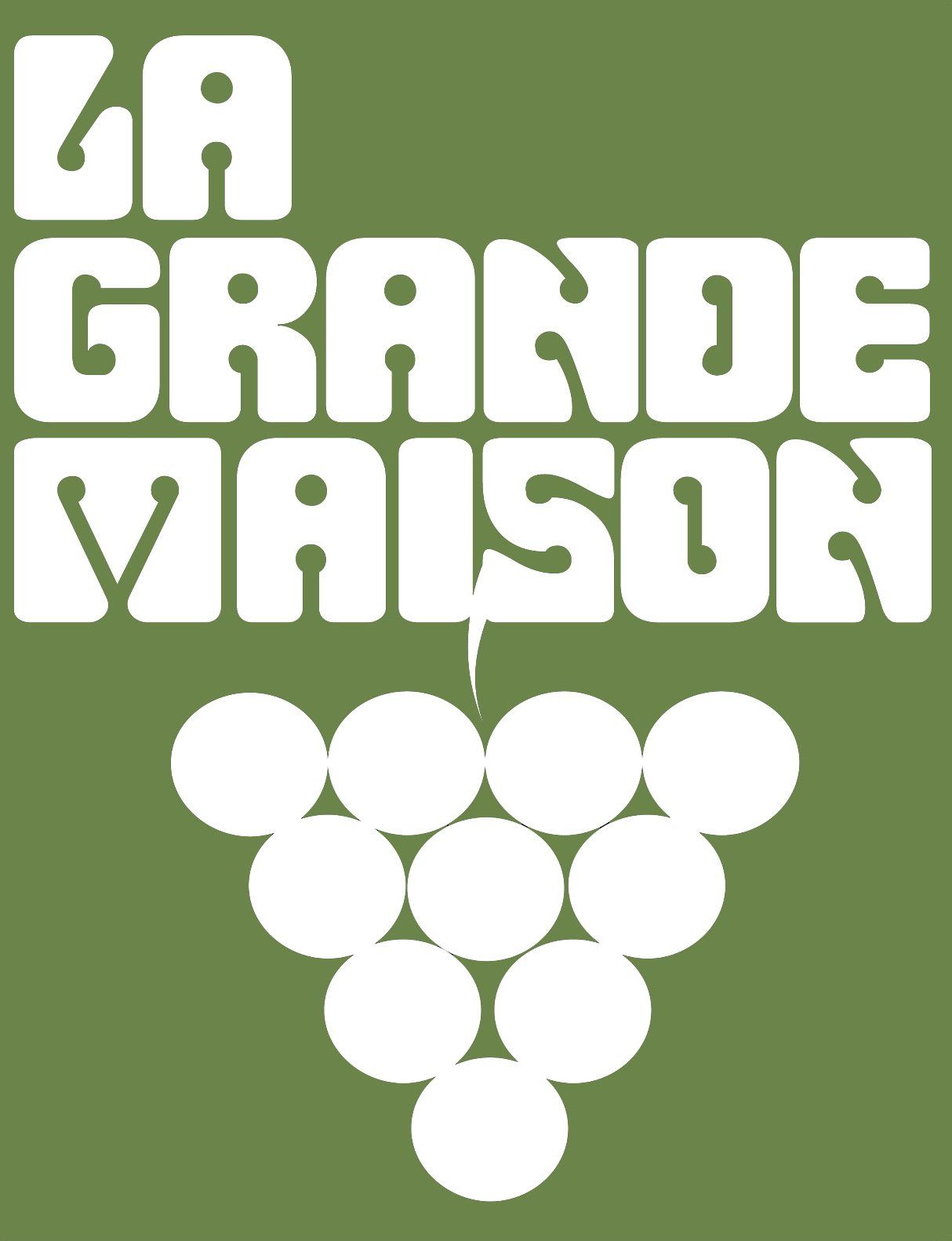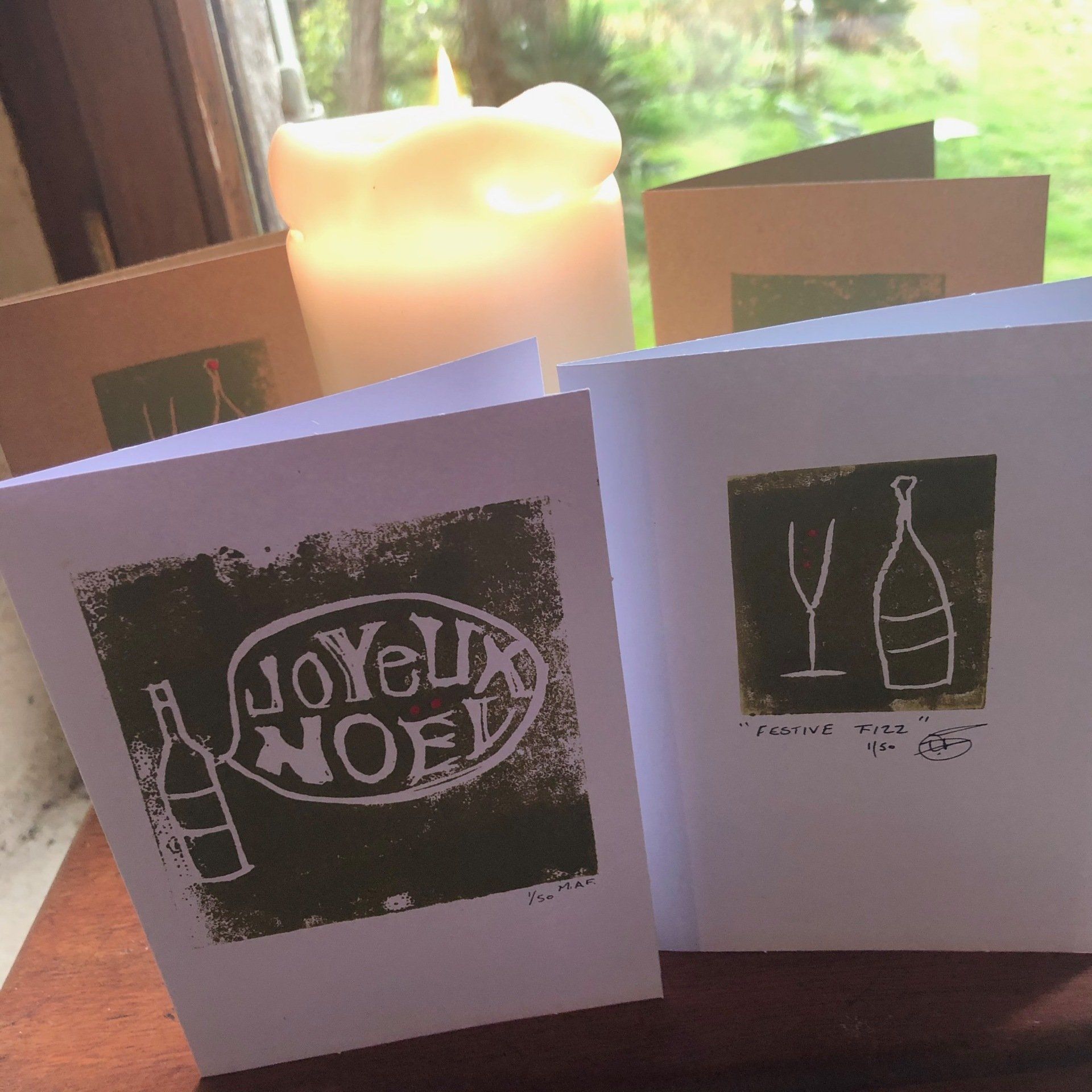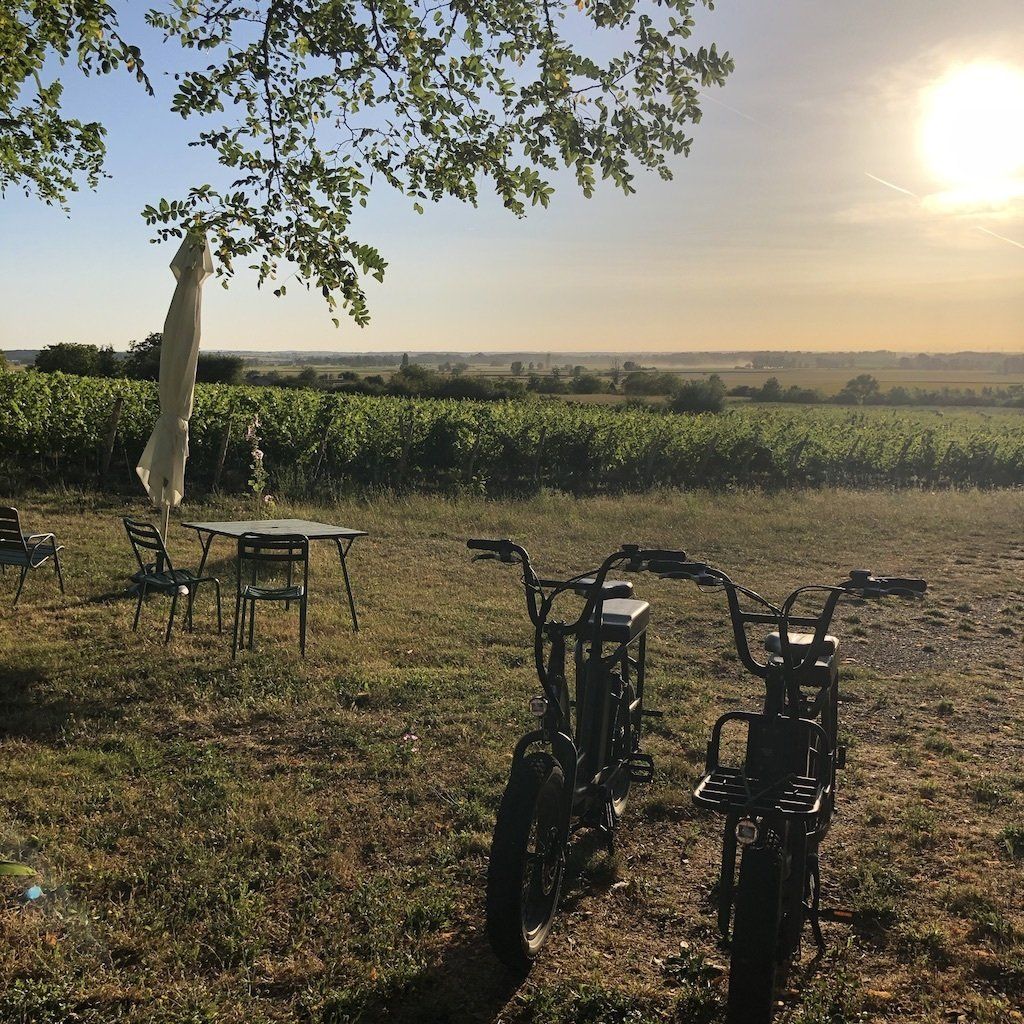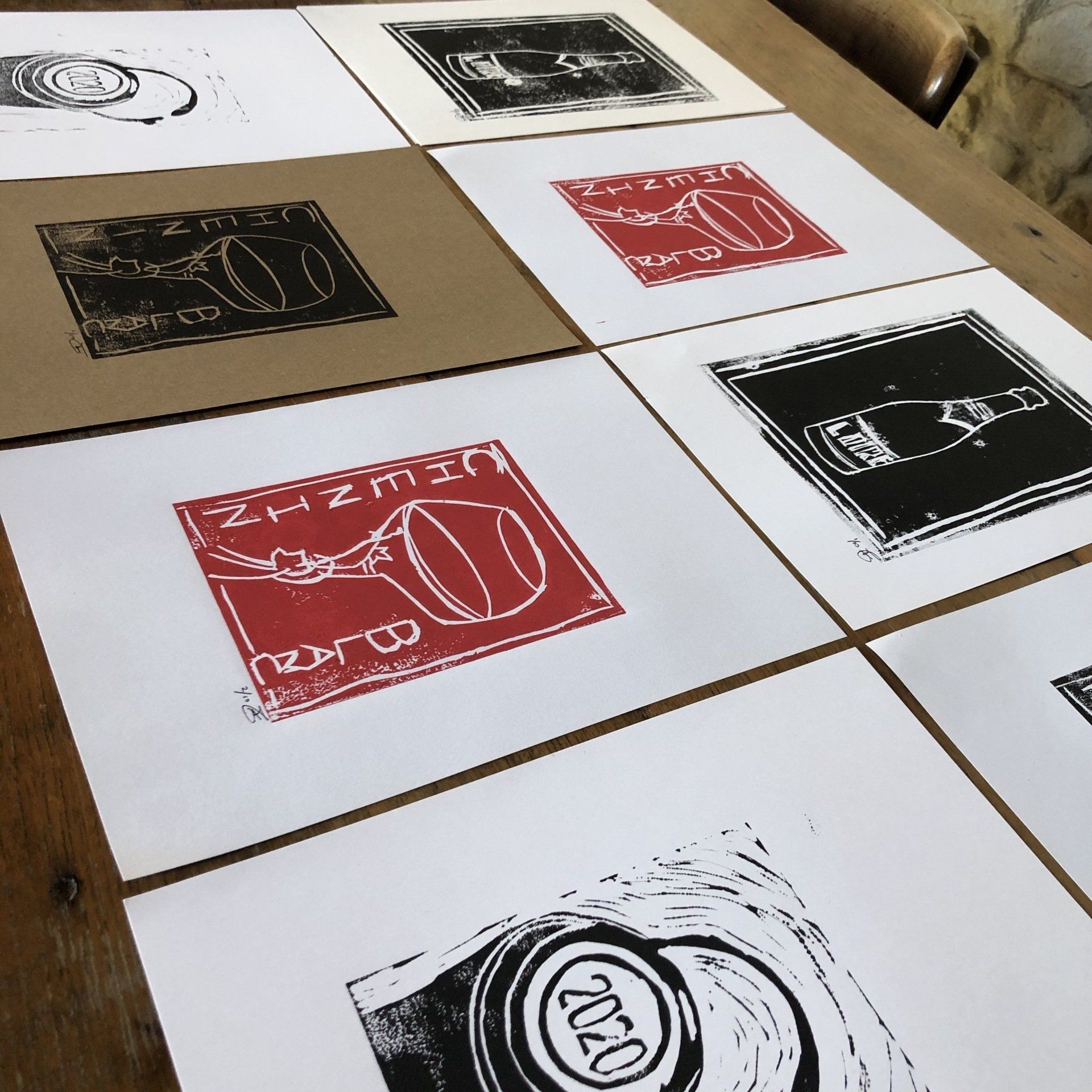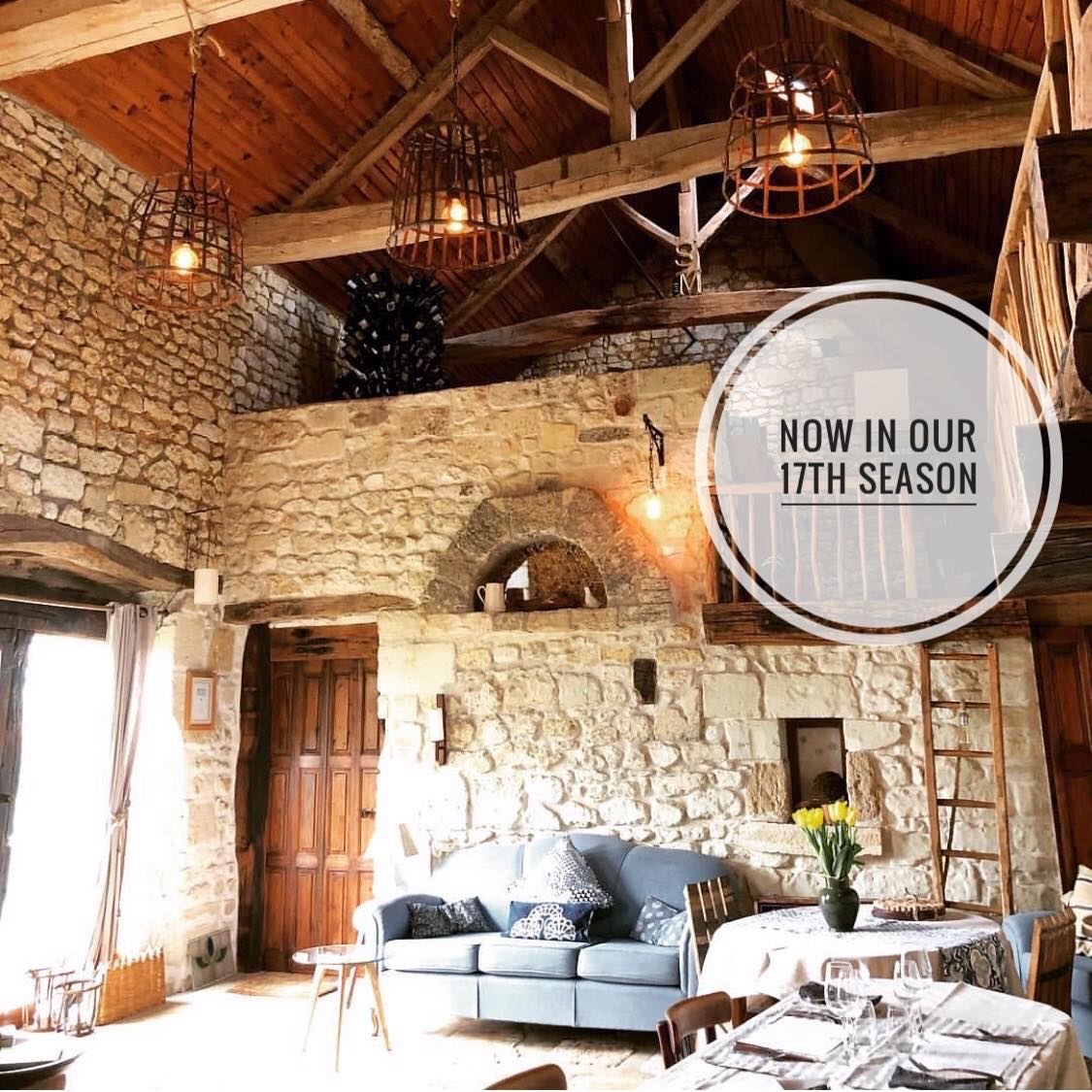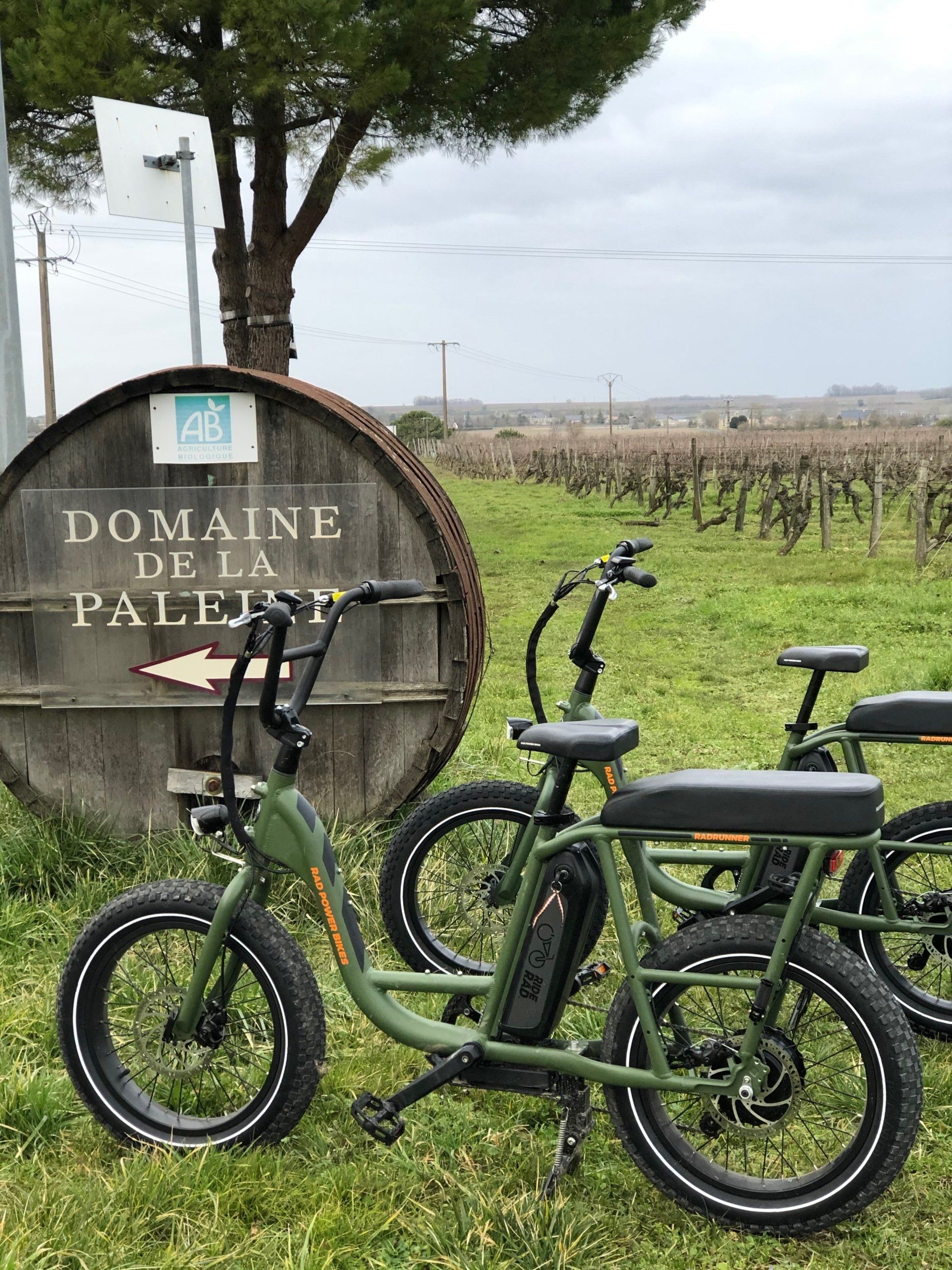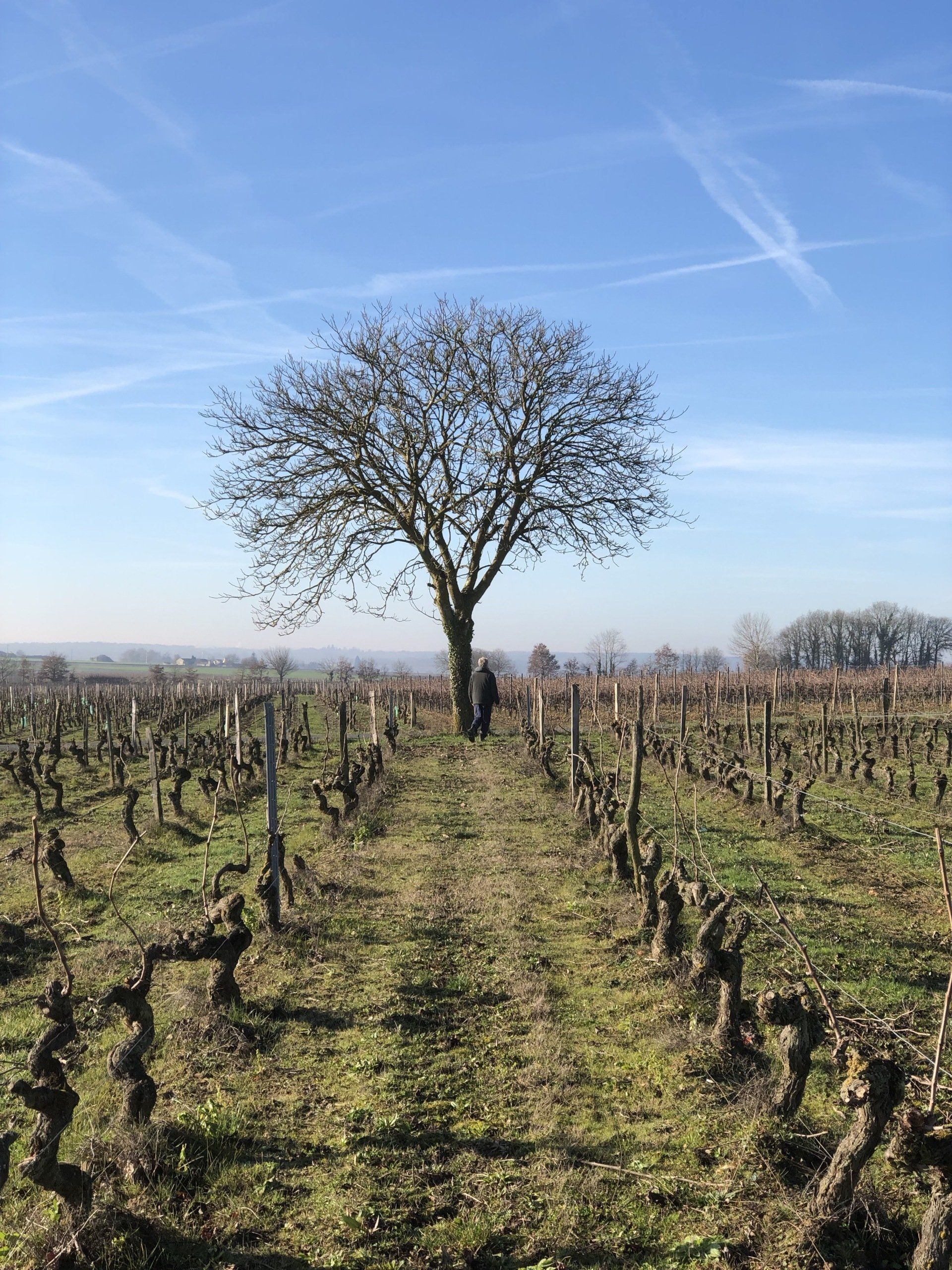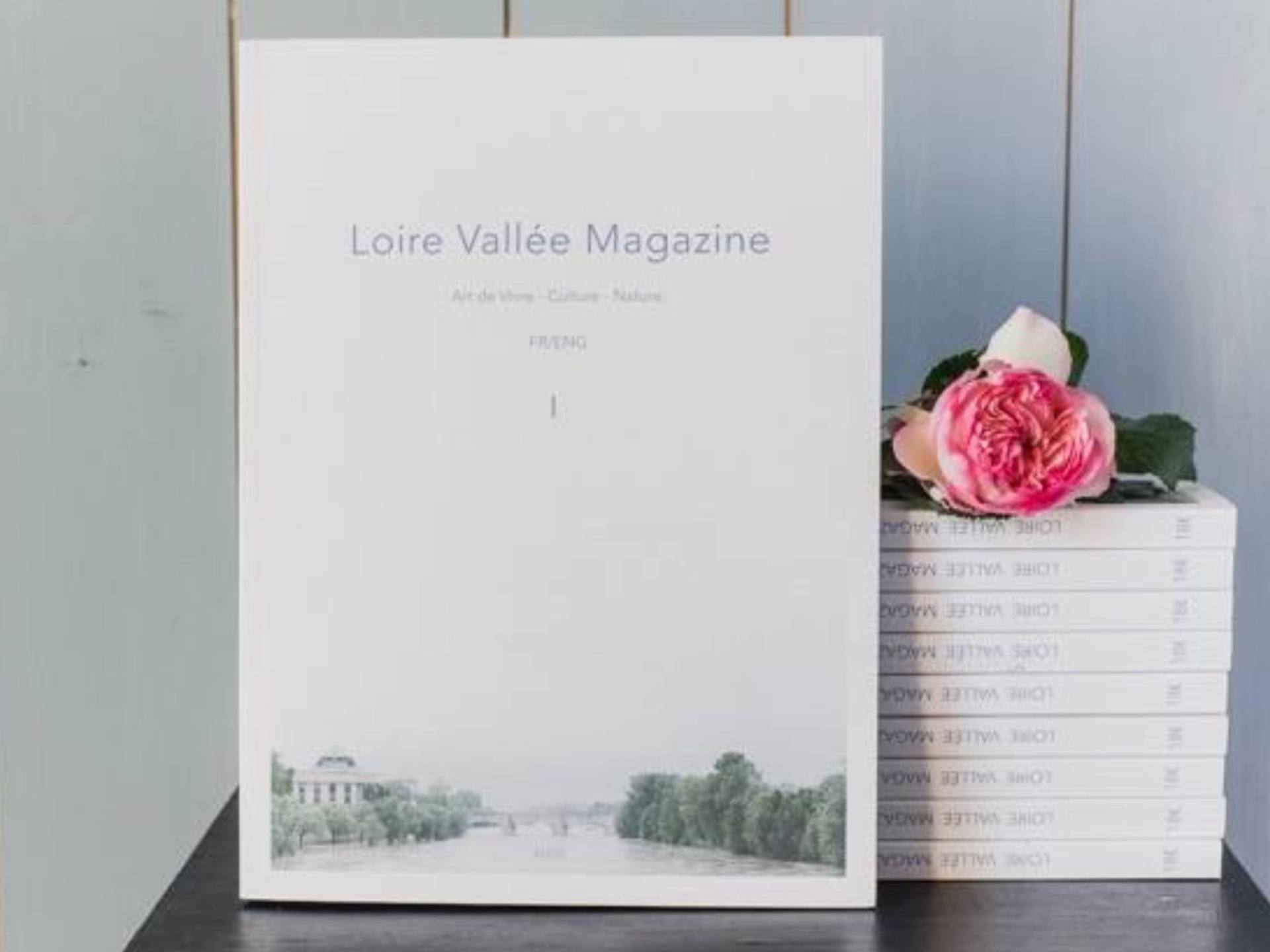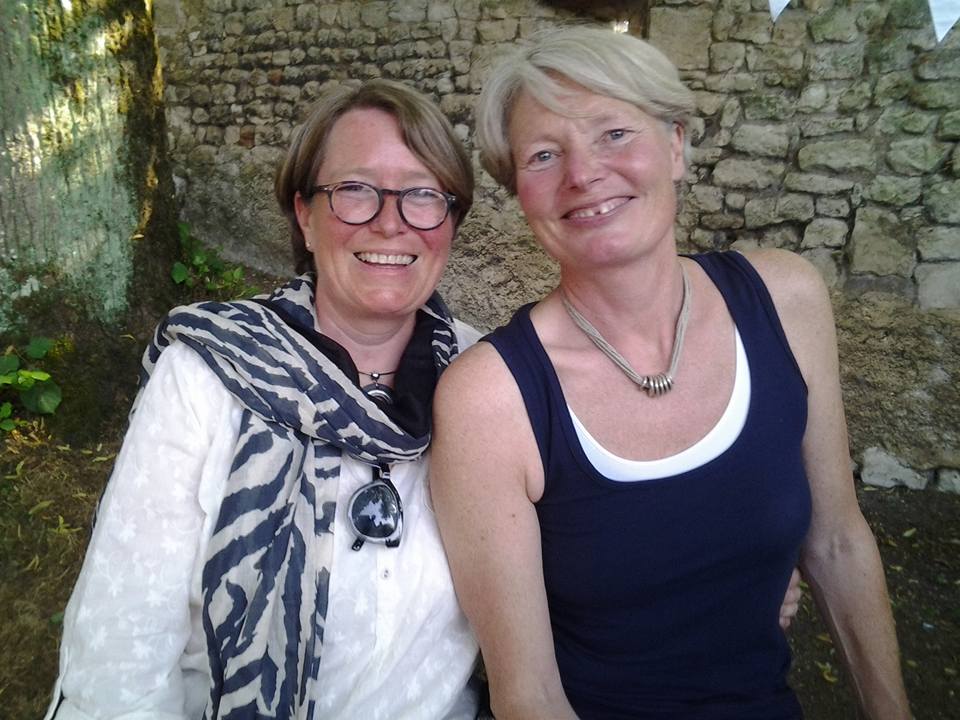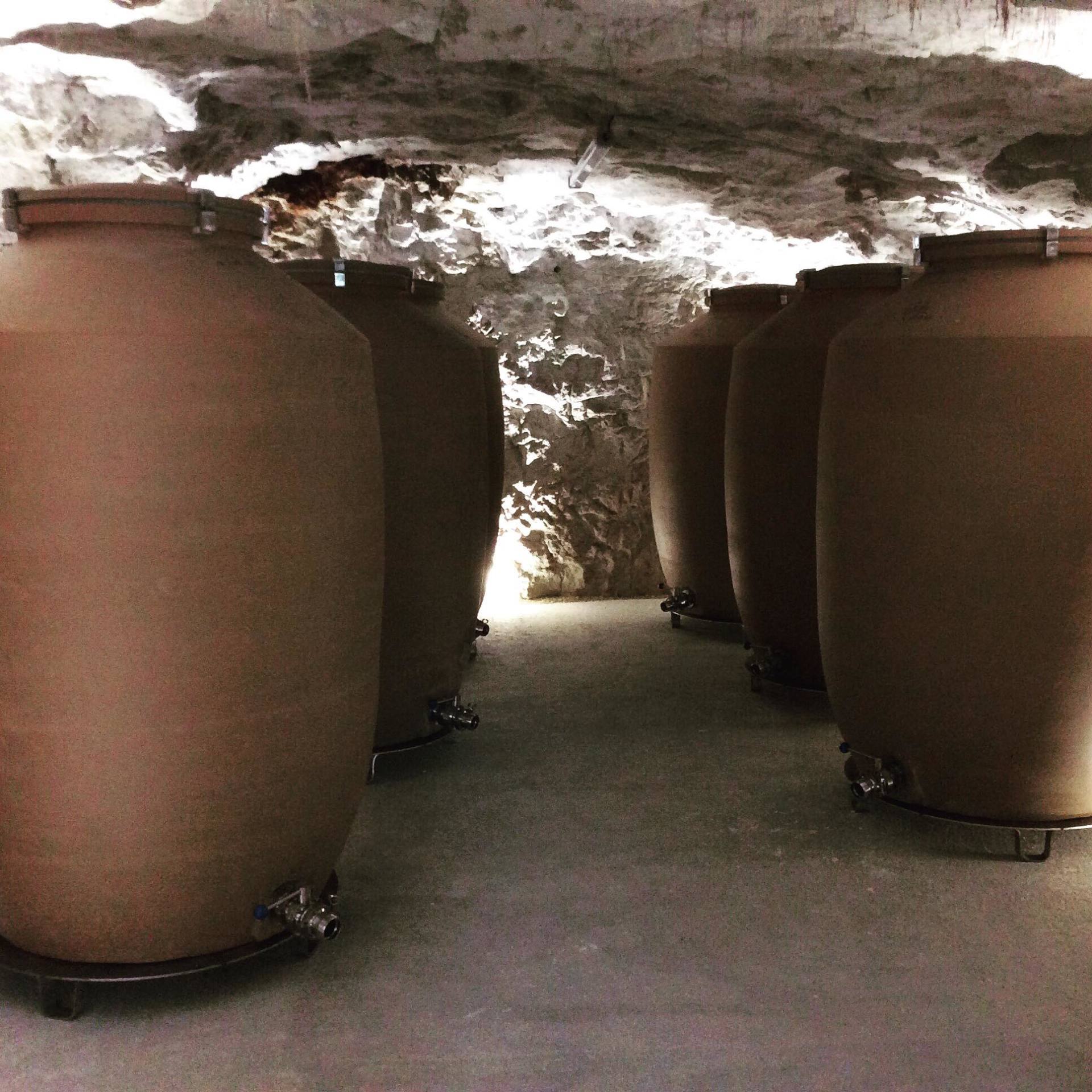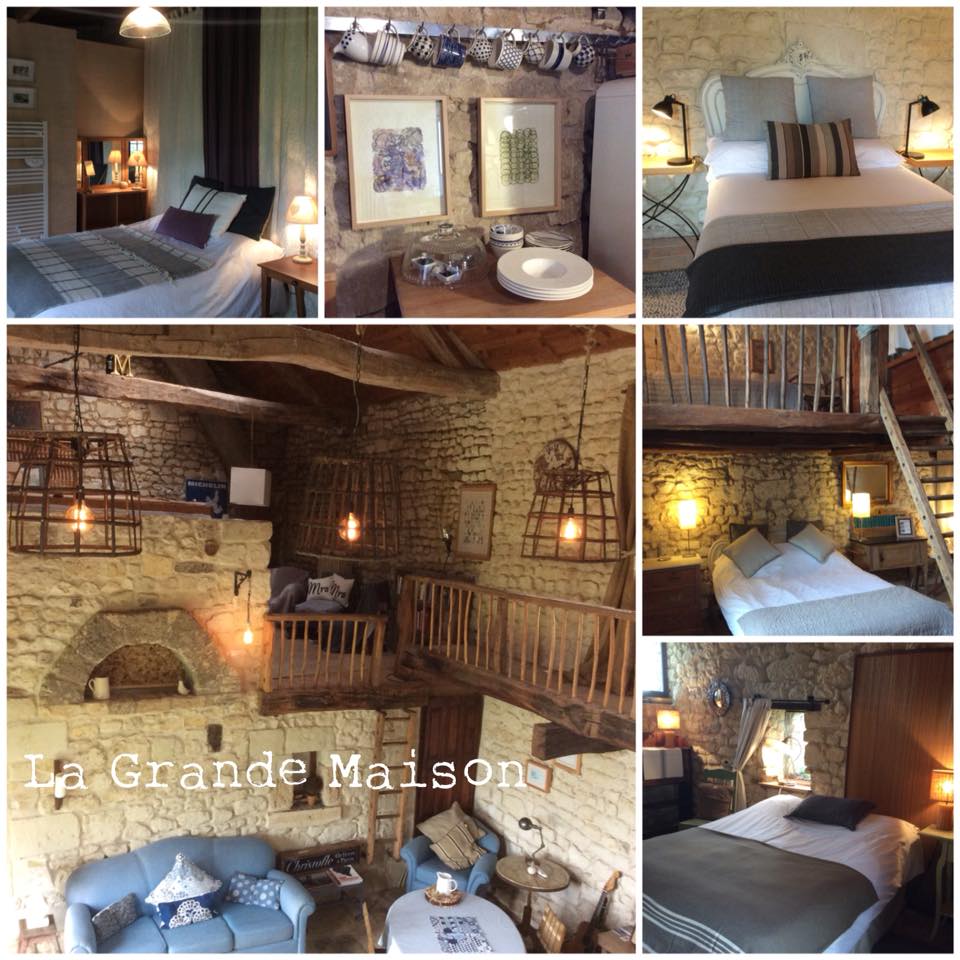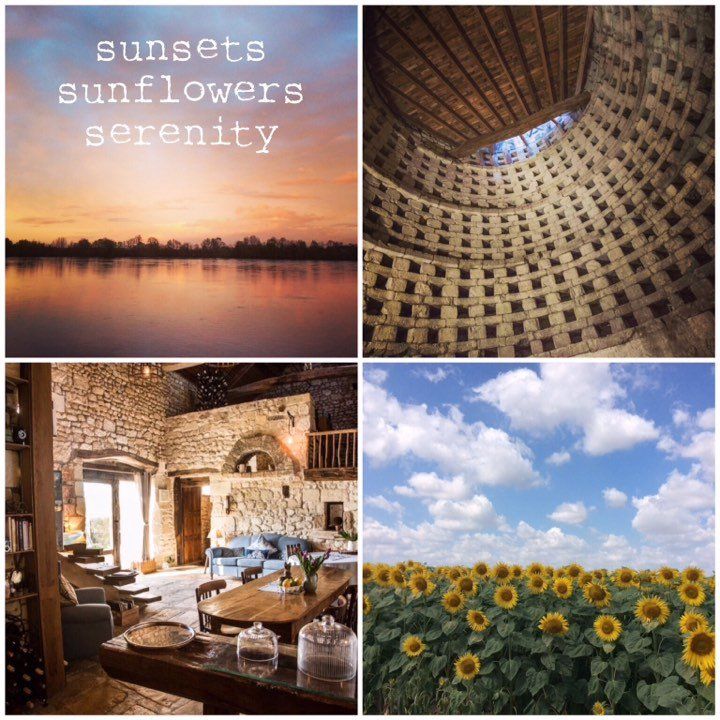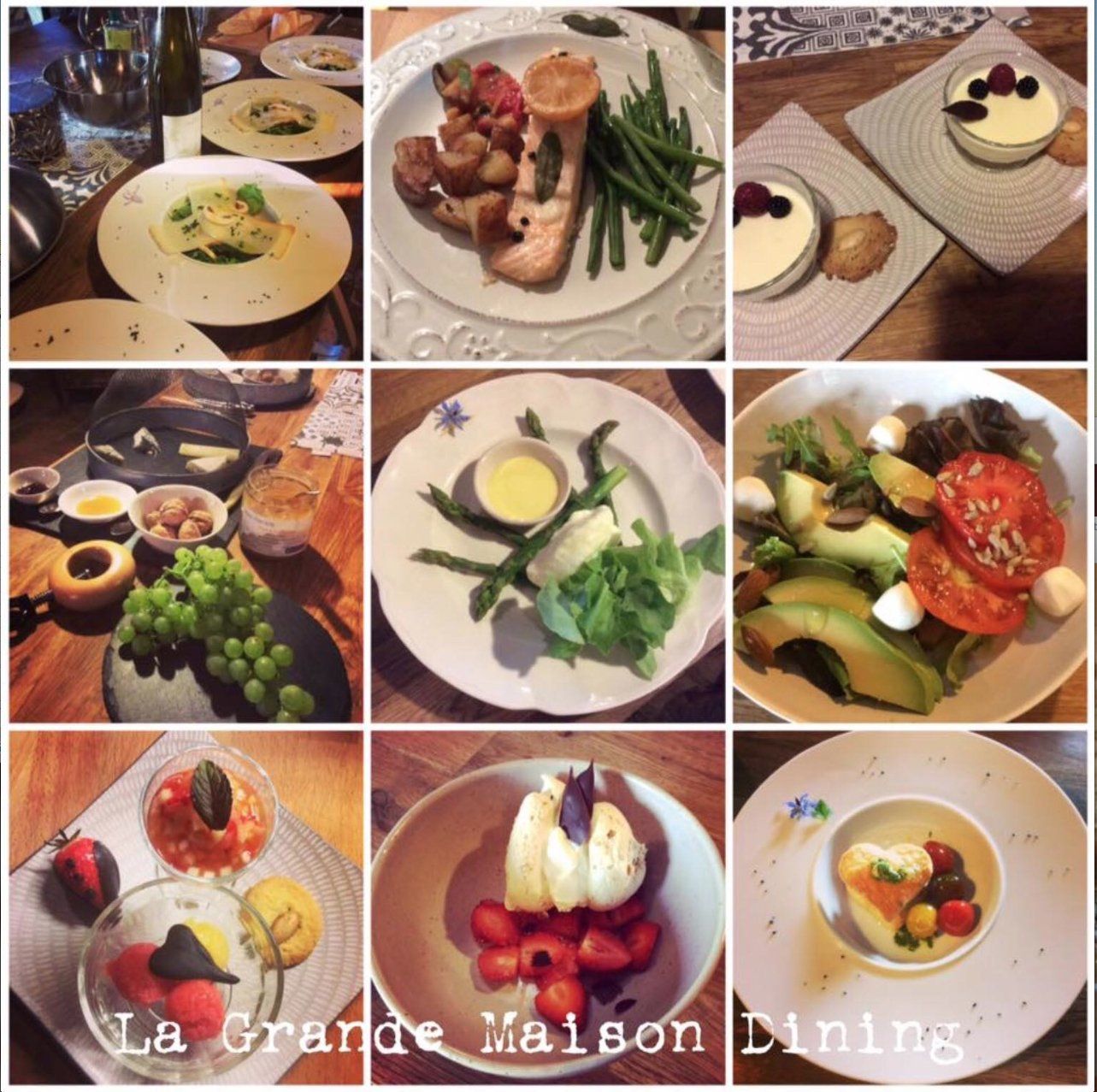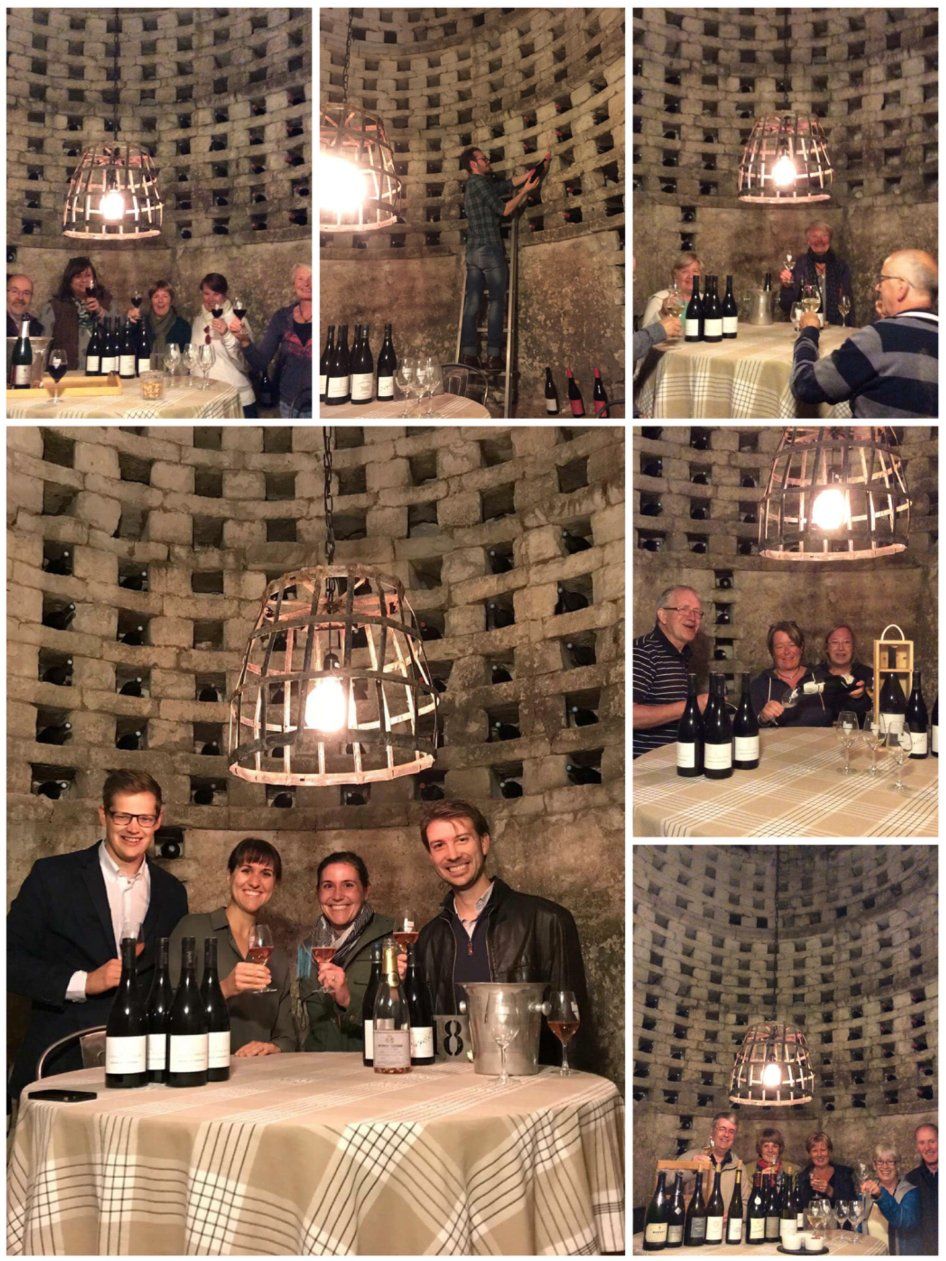Le Musée d'Art Moderne - Fontevraud
The new gallery at Fontevraud is now open and it's sublime!
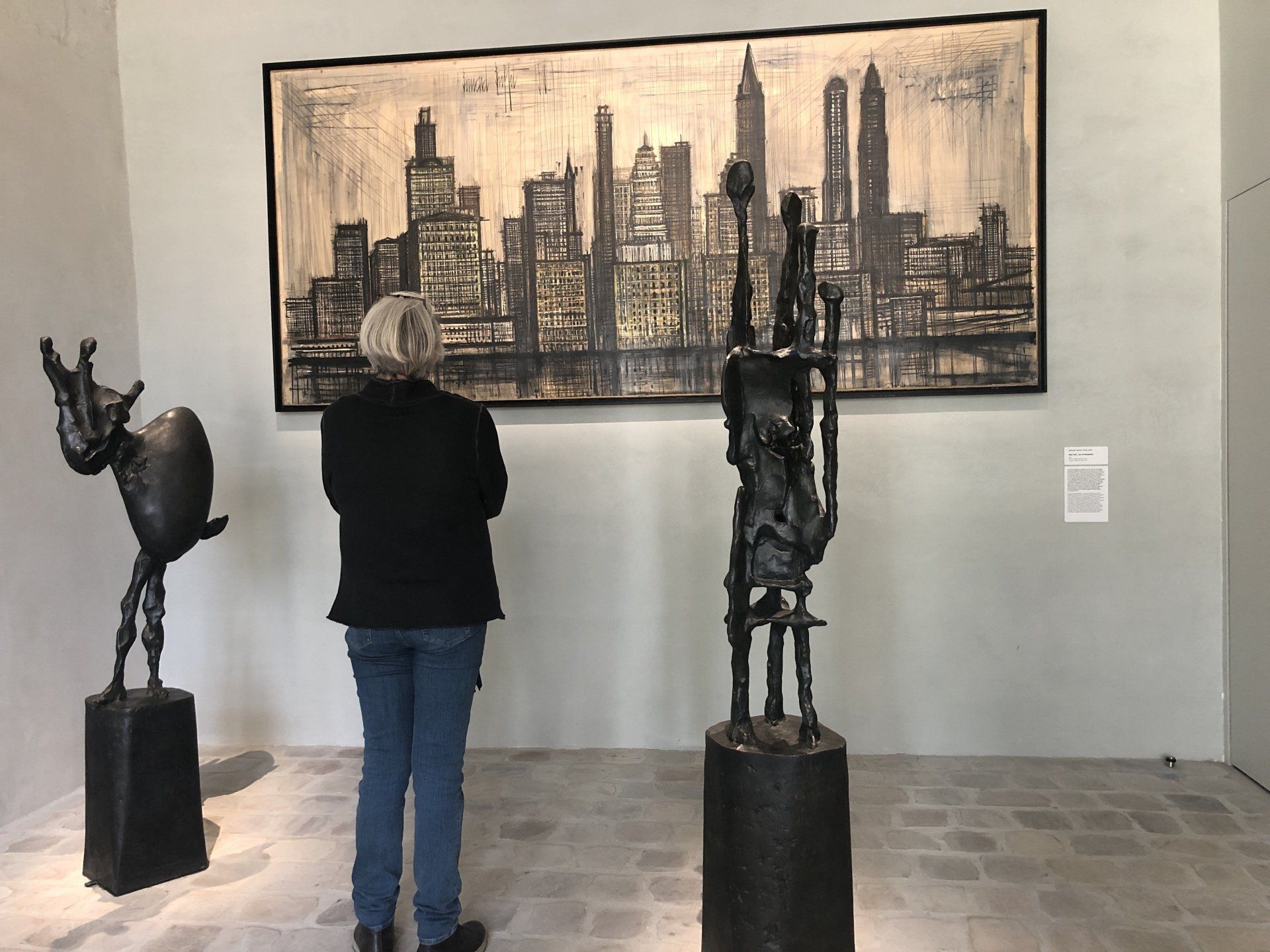
It has been a long wait for the opening of the new Musée d'Art Moderne situated in Fontevraud on the site of the Abbey. Due to open last year and then delayed because of C19, it was finally opened on the 19th May 2021. We got the chance to visit today and after booking online to reserve a slot we were the only people there apart from the over zealous but masked security guards.
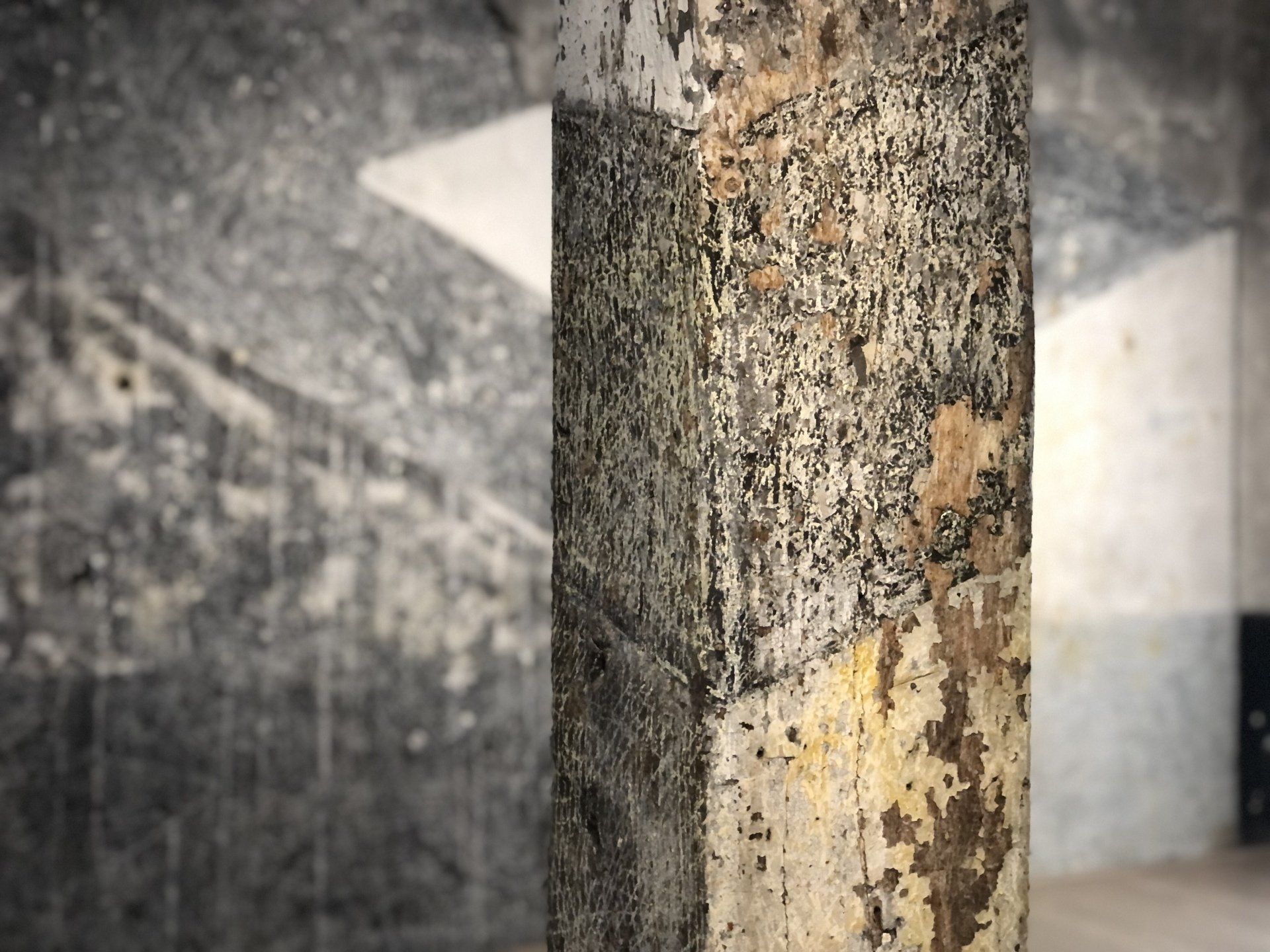
A GENEROUS DONATION MADE BY A COUPLE PASSIONATE ABOUT ART
For
more than sixty years, Martine and Léon Cligman collected paintings,
drawings and sculptures by 19th and 20th century artists, as well as
antiques and artefacts from outside Europe (Africa, Oceania, Asia and
the Americas). In 2017 their generous donation was made and the Region Pays de La Loire announced the opening of a museum of modern art at the Royal Abbey of
Fontevraud, which belongs to the State and is protected as a historical
monument., the collection is both original and truly first
class.
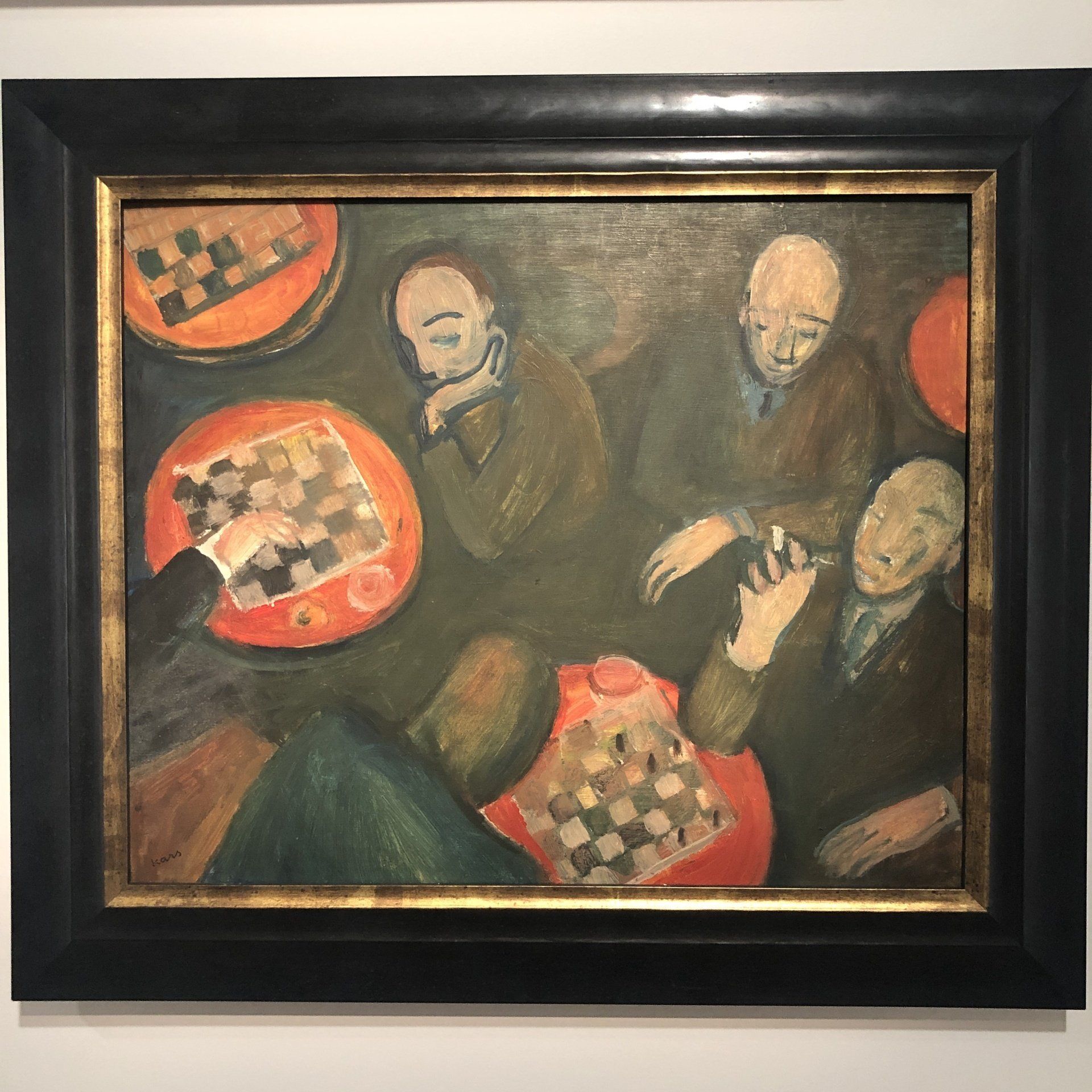
MARTINE AND LEON CLIGMAN THE DONORS
Martine was herself the daughter of collectors. Brought up among paintings by Maurice de Vlaminck, Raoul Dufy and Chaïm Soutine, sculptures by Auguste Rodin and drawings by Degas, Martine could not but embark on a path of creating art and wanting to collect it from a very young age.
When she met Léon Cligman at the end of the war, this young man, who was a brilliant student at the Ecole Supérieure de Commerce business school and a member of the Resistance at the age of twenty, started a career in industry in the textile sector, which he would pursue with great success in companies he created or acquired. Newman, Saint Laurent Rive Gauche, Christian Lacroix and Lacoste were some of his standout brands. His factories, which were often ultra-modern, were located within an area that he liked to say had the Abbey of Fontevraud at its epicentre (Issoudun, Tours, Angers and Cholet).
Léon and Martine Cligman married in 1954 and decided to follow the family tradition and start collecting works that would form the backdrop of their everyday living environment throughout their lives. Drawn to expressions of classic modernity, they collected pieces from figurative styles of art from the inter-war period, as well as artists from Eastern Europe who contributed to the vibrancy of the École de Paris (School of Paris) from the beginning of the 20th century.
Echoing this, works from all origins, if they stood out because of their expression, their synthesis of forms, or the solidity of their structure, were acquired on impulse during trips, on the Paris art market, in galleries or at public sales.
They followed the principle of never purchasing works without agreeing it with each other first – every work had to reflect their shared perspective. (Source : Fontevraud.fr)
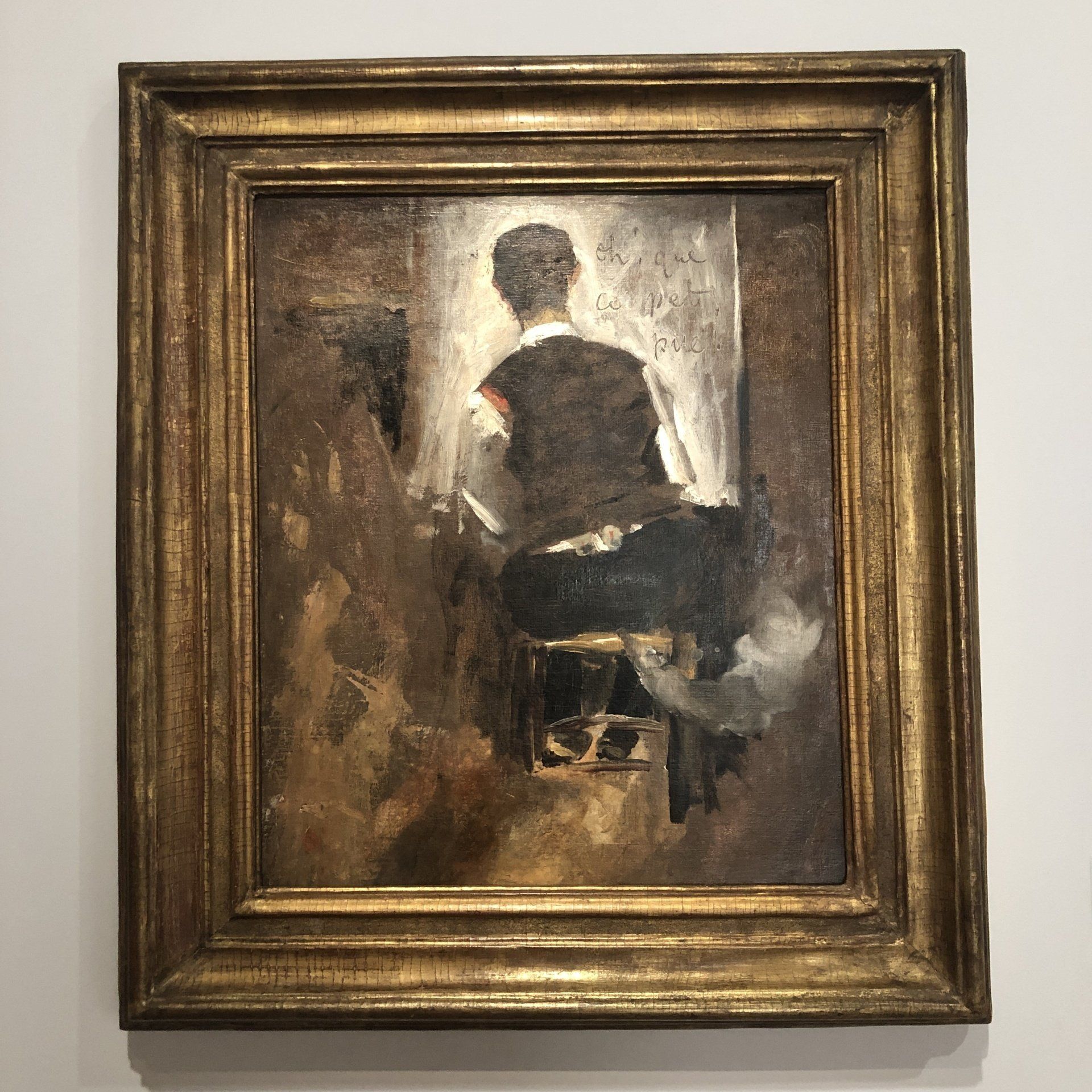
The gallery itself is really stunning. It's has been re-constructed from a pre-revolution building called the ancient 'Fannerie' that was originally used to lodge the staff who looked after the Abbess who ran the convent. The building has been empty for many years and finally it has found it's future. On the three levels you will find paintings, sculpture and other 'objets d'art that have previously been unseen by the public.
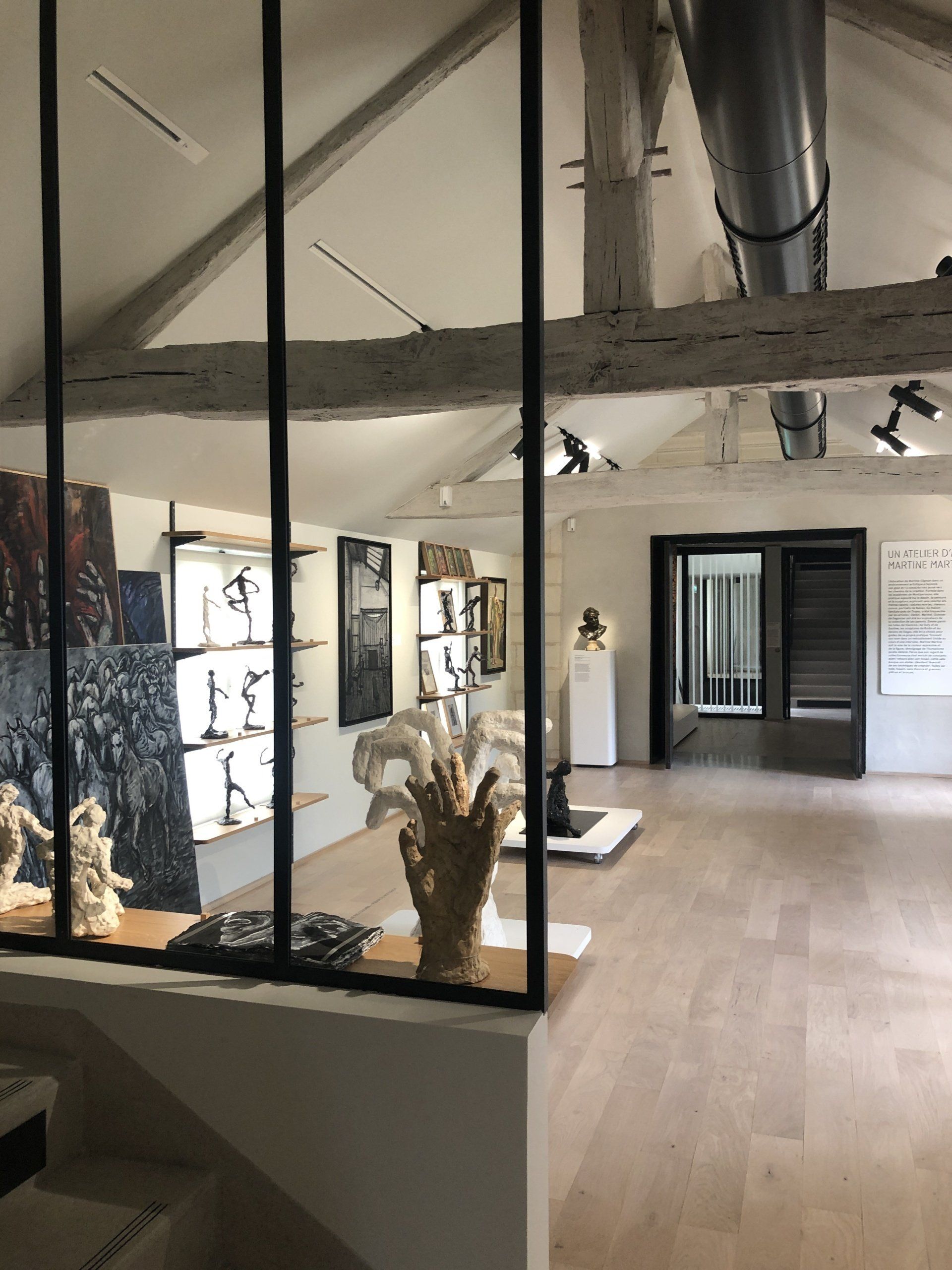
Martine Cligman is an artist in her own right and there is also a beautiful recreation of her own studio containing many of her own works along with a few surprises that I won't spoil here. I love her story of being sent to the Château of Valençay during the 2nd World War. The chateau also hid art works from the Louvre during this period and in a video she describes how she and her father would open the packages of art work after dinner and discuss them late into the evening.
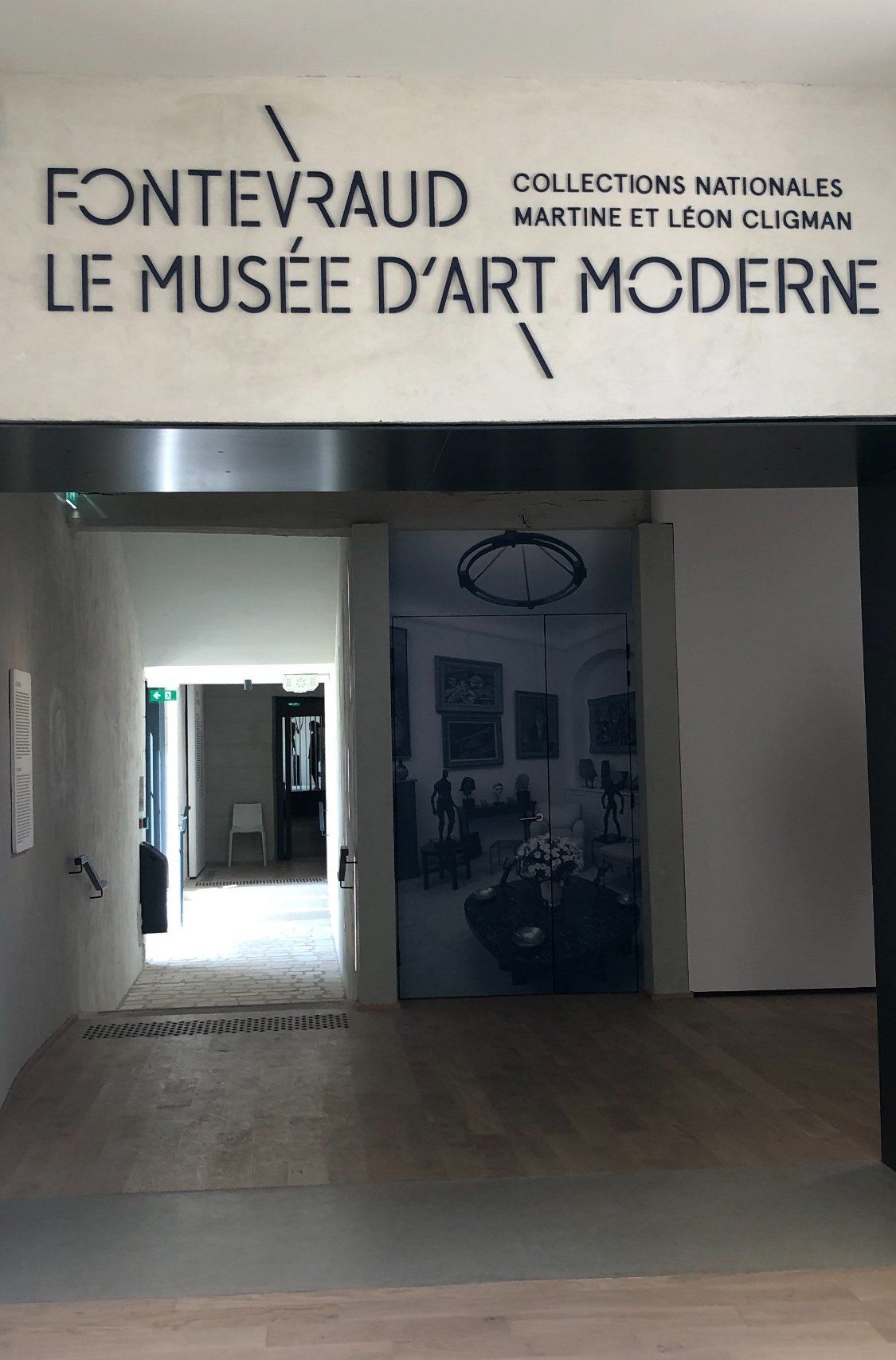
There is no particular order to the way the works are displayed but the combination of avant-garde art, sculpture and artefacts are cleverly combined to create a picture in itself. I would imagine this mirrors the way the Cligman's randomly purchased their art and included periods from Fauvism, Cubism, Impressionism a true “museum of the imagination”.
